February 6, 2025 | 19:24 GMT +7
February 6, 2025 | 19:24 GMT +7
Hotline: 0913.378.918
February 6, 2025 | 19:24 GMT +7
Hotline: 0913.378.918
According to the Vietnam Food Association (VFA), as of November 1, Vietnamese rice holds the highest price point among major rice-exporting countries globally. Namely, Vietnam's 5% broken rice is priced at 653 USD per ton, compared to Thailand at 560 USD per ton and Pakistan at 563 USD per ton. Vietnam's 25% broken rice is priced at 638 USD per ton, compared to Thailand at 520 USD per ton and Pakistan at 488 USD per ton.
The rice market has experienced considerable fluctuations and an upward trend in recent months. The surge in rice prices has posed a challenge for businesses to meet export delivery requirements due to the export contracts typically stipulating a minimum delivery period ranging from 1 to 3 months.
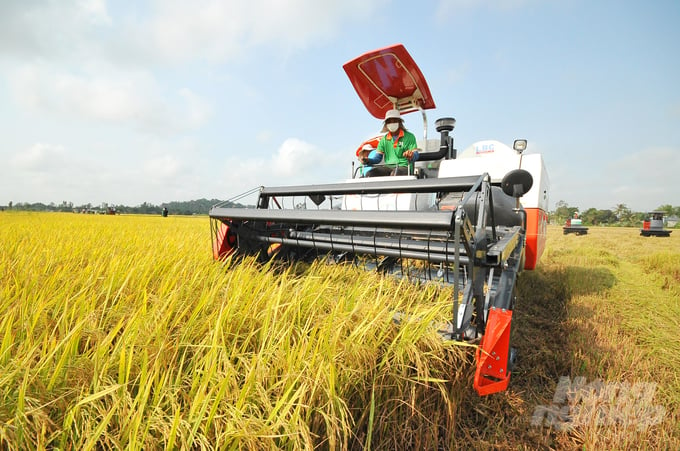
The high increase in rice prices has translated to high levels of profits for Vietnamese farmers in 2023. Photo: Le Hoang Vu.
Mr. Do Ha Nam, Vice Chairman of VFA, stated that the current surge in Vietnamese rice prices has caused financial setbacks for multiple businesses, ultimately resulting in contract cancellations for economically weaker entities. Furthermore, larger businesses in the final stages of their deliveries are compelled to purchase rice at escalated rates to fulfill existing contracts, ensuring their credibility with associates. This situation has further exacerbated the already soaring rice prices.
"The upward trajectory of prices is partially attributed to impacts from suppliers, who contribute to additional price hikes whenever there is a slight increment in prices. Consequently, Vietnamese rice prices currently stand at the highest price points. Notably, Vietnamese businesses habitually engage in distant contract deliveries, which is why the need to procure rice to fulfill commitments has become a prominent aspect," highlighted the Vice Chairman of VFA.
Mr. Do Ha Nam added that excessively high rice prices in Vietnam may not necessarily favor the industry. Elevated prices have the potential to prompt consumers to explore markets offering better-priced rice with quality matching Vietnamese rice, especially in Thailand. This presents the risk of losing the high-end rice market (DT8, OM 5451, etc.) to Thai businesses due to the competitive pricing of Thai rice compared to premium Vietnamese rice. Namely, in Bulog's tenders (Indonesia), Vietnamese companies face considerable challenges in winning bids, largely owing to the prevailing high domestic rice prices. Additionally, the type of rice sought by Bulog (5% rice) is presently in short supply.
In preparation for rice export market in 2024, Mr. Pham Quang Dieu from Vietnam Market Analysis and Forecast Joint Stock Company - Agro Monitor, anticipates a potential 8 million tons of rice exports in 2023. Subsequently, rice reserves for the following year are expected to be scarce, accentuating the necessity for businesses to exercise extreme prudence. Failure to operate with caution may result in businesses facing risks similar to 2023, where multiple contracts were executed without accounting for the restricted supply, further spurring a surge in prices.
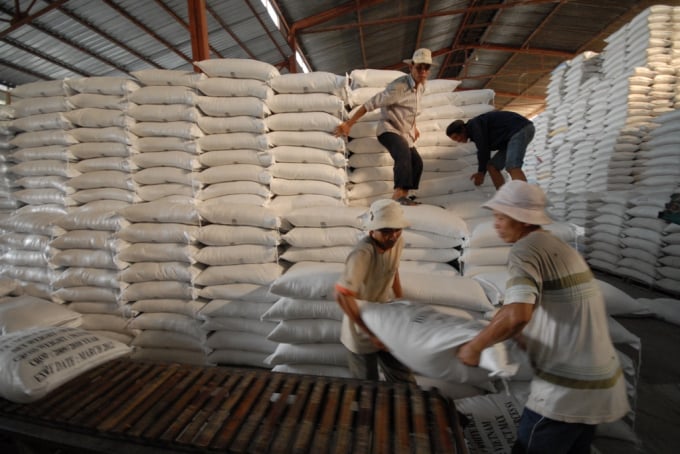
The higher rice prices have pose a challenge for many exporting businesses. Photo: LHV.
However, it is essential to consider the possibility of India re-entering the market, which could potentially lead to a reduction in the price of rice.
For improved business and rice exports in 2024, as advised by Mr. Dieu, companies should exercise caution in their decisions to sign long-term contracts due to limited supply and restricted access to credit. If financial institutions can facilitate credit for the rice industry, it would significantly aid businesses in their operations and exports.
According to the Ministry of Industry and Trade, Vietnam's rice exports in October 2023 reached 700,000 tons, which is equivalent to 433 million USD, maintaining stability in volume and increasing by 27% in value compared to October 2022. Vietnam exported approximately 7.1 million tons of rice in the first ten months of 2023, which is equivalent to nearly 4 billion USD, marking an increase of 17% in volume and 35% in value compared to the same period in 2022.
UN statistics indicate that agricultural activities in Vietnam suffer from losses ranging between 14 to 35%, with the rice industry experiencing about a 14% loss annually. Additionally, post-harvest losses encompass all stages, with the drying process recording the highest loss rate. Despite the current number of drying machines meeting approximately 80 to 90% of the demand, the majority of drying facilities in Vietnam lack automation and heavily depend on the skills of their operators. Higher drying temperatures and rates can cause rice grains to shatter when operators are inexperienced, which can have a major negative impact on business earnings.
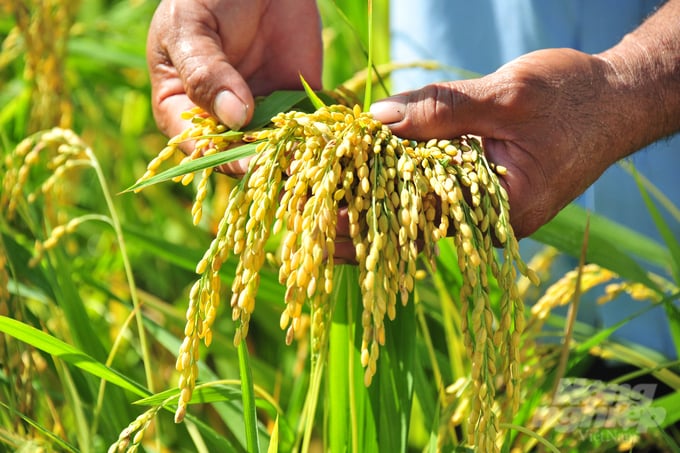
UN statistics indicate that agricultural activities in Vietnam suffer from losses ranging between 14 to 35%, with the rice industry experiencing about a 14% loss annually. Photo: Le Hoang Vu.
At the annual seminar "Enhancing the Efficiency of Vietnam's Rice Value Chain," organized by the Vietnam Food Association in collaboration with BizLIVE, experts emphasized that maintaining the quality of fresh, fragrant rice grains, from harvest to the hands of consumers, is only achievable through the application of scientific technology. In reality, contributing factors to the improvement of income for farmers and businesses within the rice value chain are limited.
As a result, it is necessary to employ technology that reduces losses in both quantity and quality of the rice grains to enhance the value and increase profitability for stakeholders within the industry. Accordingly, solutions to reduce electricity usage during the milling process and to lower associated production costs for improved profits have received significant attention and investment from various businesses.
Mr. Cao Thanh Dat, Business Manager of Rice Processing Solutions at Buhler Vietnam, contends that the rice market is experiencing considerable fluctuations, particularly in the context of rice export. Whereas the volume and value of Vietnam's rice exports have risen compared to previous years, the increased input material costs, in combination with market competition pressure, necessitate extreme caution in the operations of rice suppliers and exporting businesses to ensure profitability.
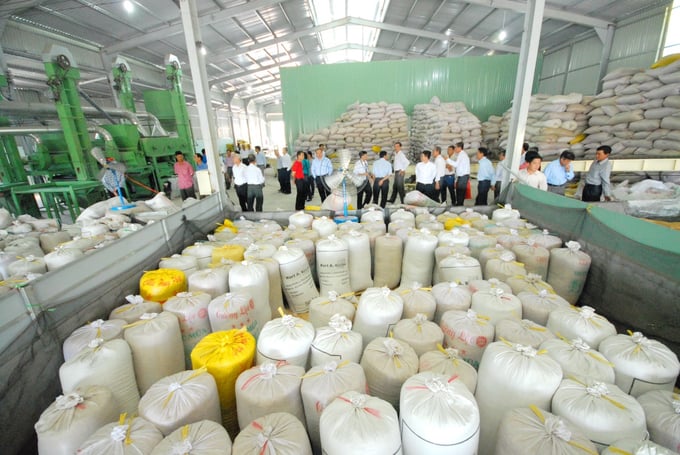
The technological limitations in rice processing contribute to significant losses in both the quantity and quality of rice in our country. Photo: LHV.
Consequently, one of the decisive factors in efficient operation and cost reduction is the application of scientific and technological advancements to minimize losses and optimize expenses in rice processing. Technological solutions applicable in rice processing include: high-durability rubber rollers for husking that reduce breakage; SmartWhite milling machines that reduce rice breakage, production costs, and save energy, among many others.
Sharing a similar perspective, Mr. Jens Vinther Jensen, CEO of FFT, emphasizes that utilizing modern technology will help decrease the loss of rice quality during preservation and processing. The application of modern drying technology and storage in silos with controlled environments will allow long-term preservation in addition to maintaining the highest rice quality.
In response to post-harvest losses, Mr. Nguyen Nhu Tiep, Director of the Department of Quality Assurance and Market Development under the Ministry of Agriculture and Rural Development, assessed that a current major obstacle is the high logistic costs in the agricultural sector as well as the rice industry. Subsequently, the Government has requested the Ministry of Agriculture and Rural Development to submit a proposal for an agricultural logistics system scheme, including rice industry logistics, to the Government
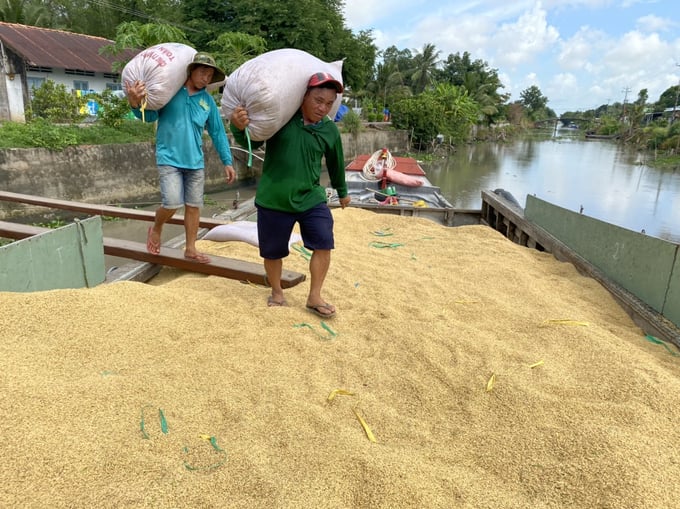
The limited storage, transportation, and preservation systems for rice contribute to high levels of losses within the rice industry. Photo: LHV.
Vietnamese as well as international consumer are increasingly concerned about food safety issues. As a result, controlling the entire production chain, from farm to fork, in accordance with standards and good agricultural practices, is crucial in modern rice production. The application of AI to monitor the rice production process is currently a popular solution globally.
Translated by Nguyen Hai Long
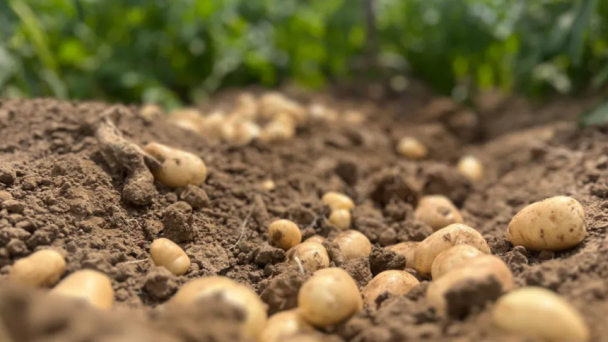
(VAN) So-called forever chemicals are present in at least four agricultural sprays used in Jersey, including one used on potato crops, the island's environment minister has said.
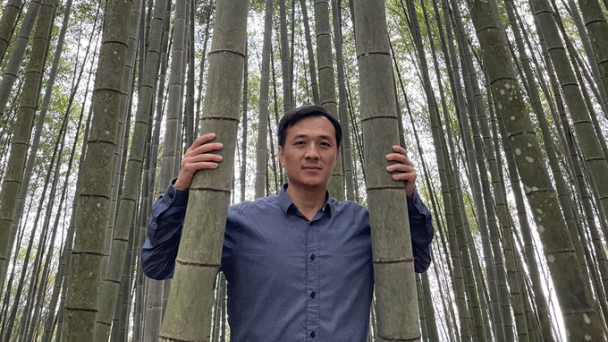
(VAN) For World Bamboo Ambassador and architect Nguyen Manh Tuan, bamboo is a timeless material, seamlessly blending with nature and woven into every moment of life. Vietnam Agriculture Newspaper is pleased to introduce his article.
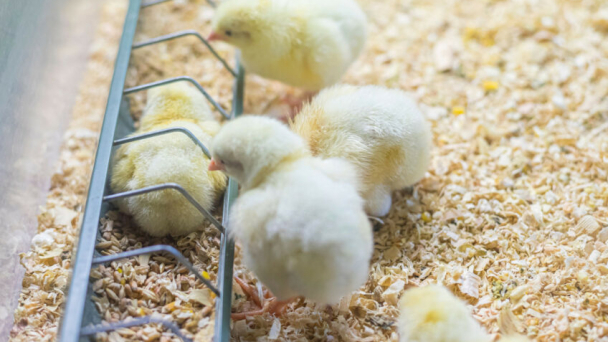
(VAN) Smart farming, including applications of artificial intelligence (AI), has the potential to improve farm animal welfare in many ways, but practically achieving this depends on a number of external factors.
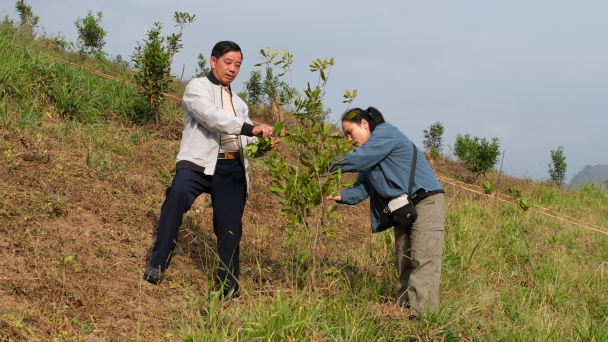
(VAN) With 75% of its cultivated land on steep terrain, macadamia farming in Tuan Giao district faces significant risks of soil erosion, underscoring the need for sustainable agricultural solutions.
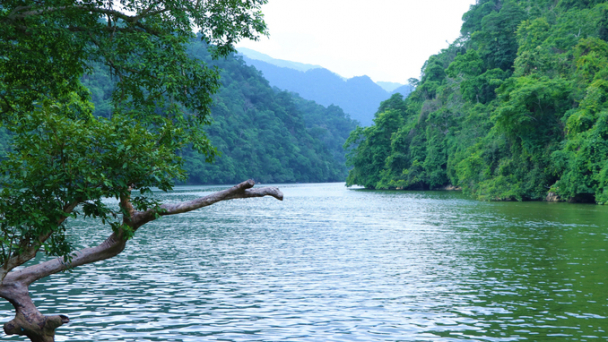
(VAN) Bac Kan province is set to mobilize over 1 trillion VND to implement the Ba Be National Park Eco-Tourism, Resort, and Entertainment Development Scheme.
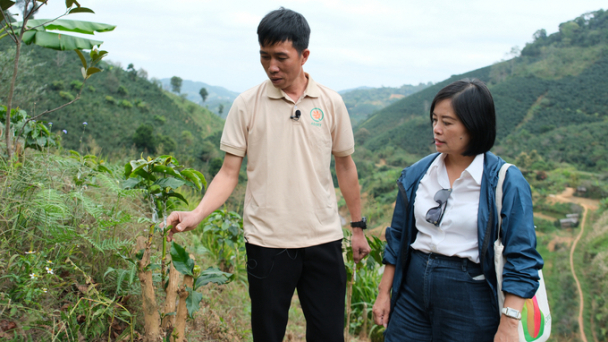
(VAN) Agroforestry models and grafting techniques are breathing new life into the Arabica coffee gardens of the Thai ethnic community in Mai Son district, Son La province.
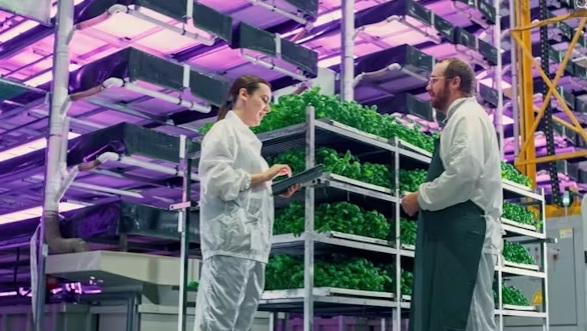
(VAN) Plant factories are failing, with multiple companies closing or going bankrupt in recent months. This includes the largest vertical farm on the planet, in Compton, Los Angeles.